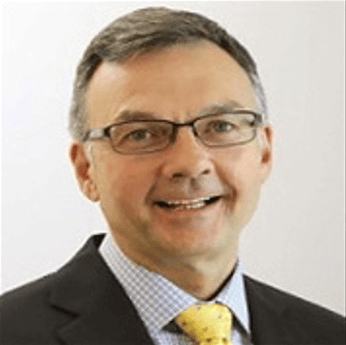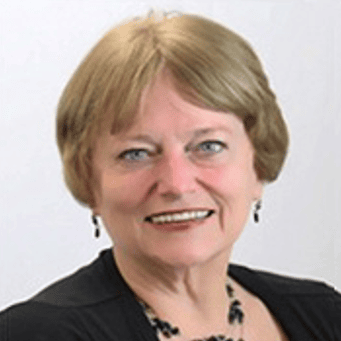The Buck Stops Here: A Leader’s Duty to Patient Safety
EMS World Webinar: August 14th
Wednesday, August 14, 2019 | 1:00 p.m. EST
As an EMS leader, what steps are you taking to keep patients safe? Did you know that agencies who have a strong patient safety culture with active leadership involvement are proactive rather than reactive in reducing preventable patient harm? This webinar will share key points that are important to developing and adopting a culture of safety including leaderships’ role as well as a free roadmap that shows you next steps to safer patient care. Follow the roadmap during the webinar and then download it for your organization. Don’t be reactive and wait until you have a sentinel event happen, but instead take proactive steps to improve your patient safety culture.
Here's What You'll Learn:
- Learn how to lead an organization focused on patient safety and apply safety culture principles
- Describe how simulation improves EMS patient safety culture
- List two steps to be proactive in improving patient safety culture

Lee Varner, MSEMS, CPPS, EMT-P
Lee Varner is director of EMS Services at the Center for Patient Safety. Lee holds both a bachelor’s and a master’s degree of science in EMS from Creighton University in Omaha, Nebraska. He became an EMT while serving in the Air Force and started his EMS career in Omaha, Nebraska. Lee has been a flight paramedic for a hospital-based air medical service and also served at the St. Charles County Ambulance District for over 20 years. He then became EMS coordinator for Mercy Hospital in Saint Louis and later started his career at the Center for Patient Safety. Lee holds certifications as a Just Culture trainer and as a Professional Patient in Safety. In the past 5 years he has developed innovative approaches and campaigns to reduce preventable patient harm in EMS. This includes the EMSFORWARD campaign and co-development of the EMS Safety Culture Assessment. Lee is a founding member of the National EMS Safety Council, an active member of NAEMT, and serves on the CAAS Standards and Revisions Committee.

Eunice Halverson, MA, CPPS
Eunice Halverson, MA, CPPS maintains a passion for improving patient safety. She brings 35 years of leadership and hands-on experience working for a large health care system, focusing on patient safety, quality, risk management, performance improvement and regulatory and accreditation compliance. Eunice holds a master’s degree in Healthcare Management Services from Webster University and is a TeamSTEPPS Master Trainer. She served as a Malcolm Baldrige examiner for five years and has volunteered in leadership roles with the Missouri state quality program.

Jennifer McCarthy MAS, NRP, CHS
Jennifer McCarthy MAS, NRP, CHS is the Interdisciplinary Simulation Director at Seton Hall University, School of Health and Medical Sciences. Jennifer is an active paramedic and a leader in healthcare simulation and led a simulation task force for the Health Profession Division, with efforts to improve IPE simulation activities and patient safety. Jennifer is national presenter at EMS and healthcare simulation conferences and is the author of Simulation Success, a JEMS column. She is an accreditation site reviewer, team lead and accreditation council member as well as the Chairwoman of the EMS Affinity Group and a subcommittee member of the Ethics standards and Certification council for the Society for Simulation in Healthcare. Jennifer was named one of the Top 17 People to Watch in Healthcare (201 Magazine, January 2015) and has received the EMS Career Lifetime Achievement Award (November 2015) presented by the New Jersey Department of Health Office of Emergency Medical Services and the New Jersey EMS Council.

Attending EMSWORLDEXPO in New Orleans in October? The speakers of this webinar will be leading a one-of-a-kind, hands-on workshop, offers vital and actionable patient safety information in a TED-talk format, followed by group simulation activities, discussions, and customized patient safety plan development. After this workshop, you’ll be better prepared to implement changes to improve patient outcomes.